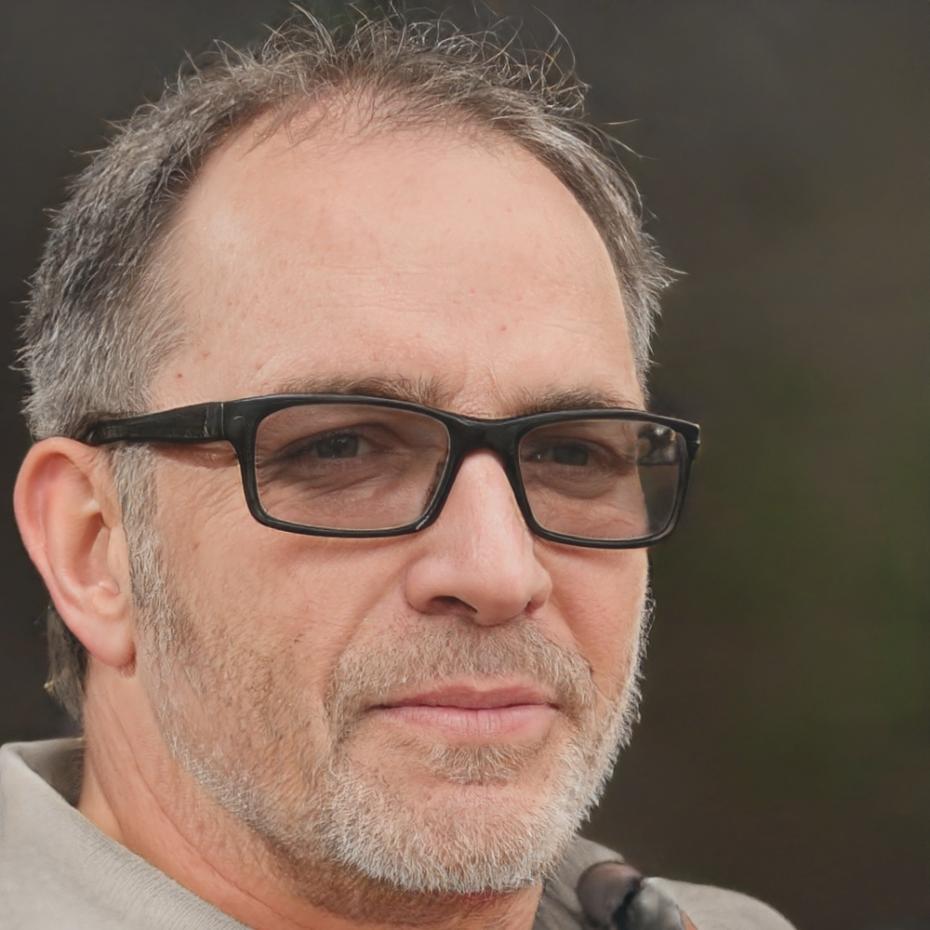Why We Started Teaching This Differently
Back in 2019, Cordell Harshaw was working with small business clients in Wollongong who kept saying the same thing — budgeting software felt overwhelming. Not because they couldn't do math, but because nobody explained the why behind the numbers. They'd download apps, attend generic workshops, then give up within weeks.
That's when we realized the problem wasn't intelligence or motivation. It was approach. Most financial education treats budgeting like a mechanical process instead of a skill you develop over time through understanding patterns in your own spending.
So we started small — evening workshops at the local library. Twenty people showed up to the first one. Instead of spreadsheets and formulas, we talked about actual behavior. What triggers impulse spending? How do you plan for irregular expenses without panicking? When does automation help versus hurt?


